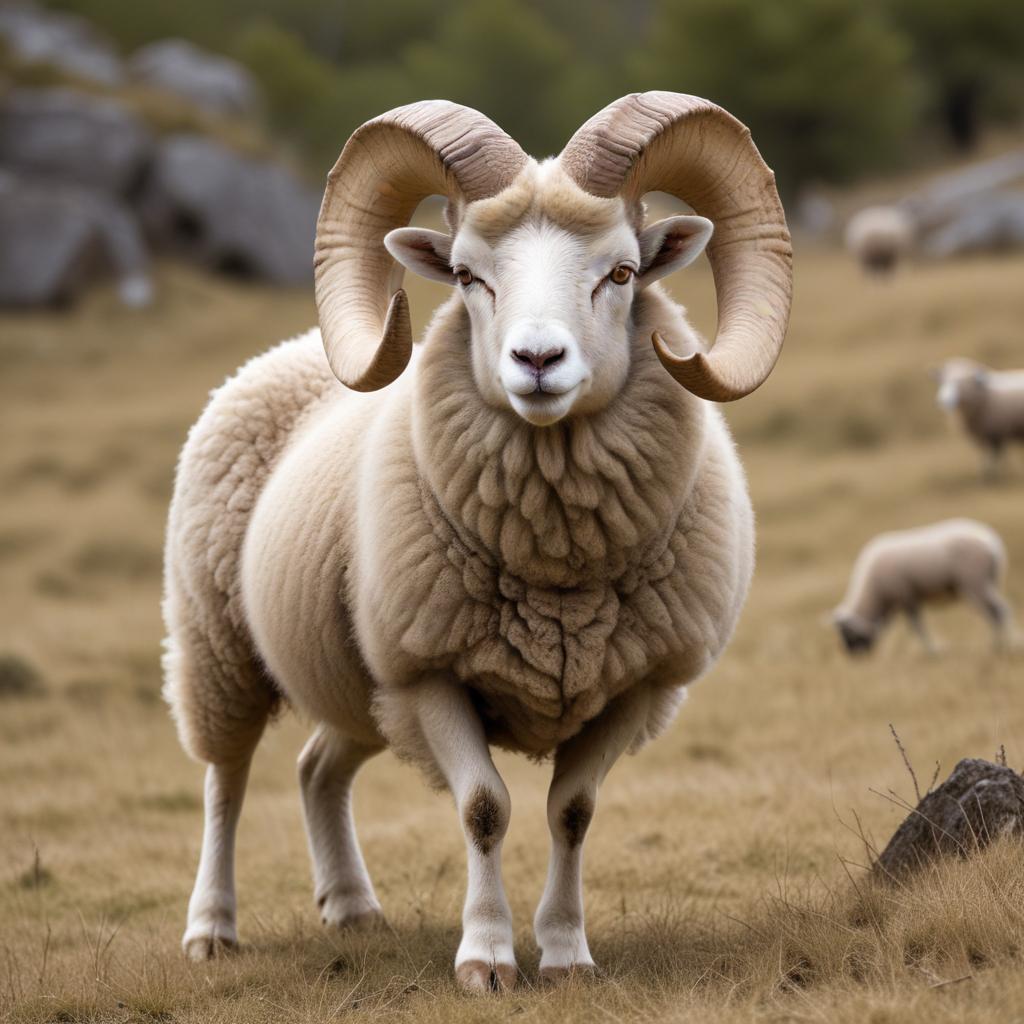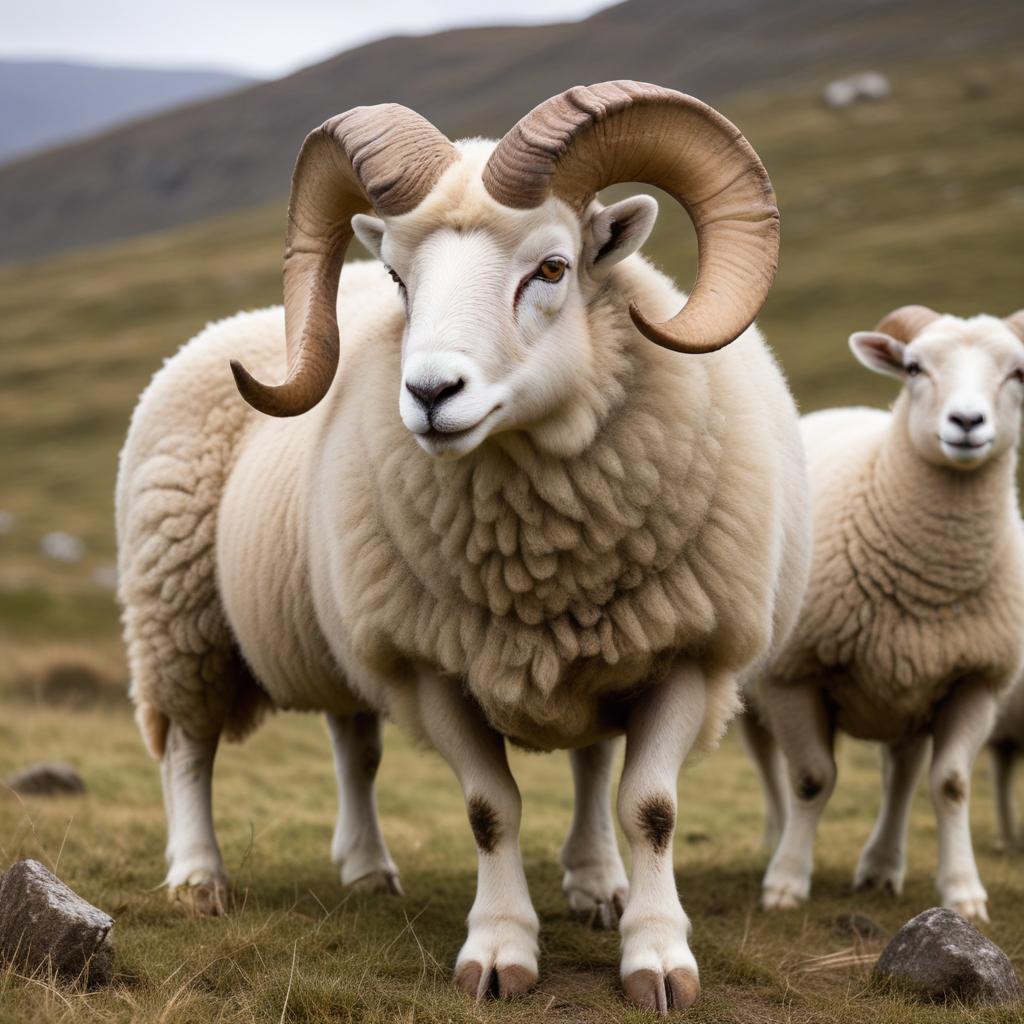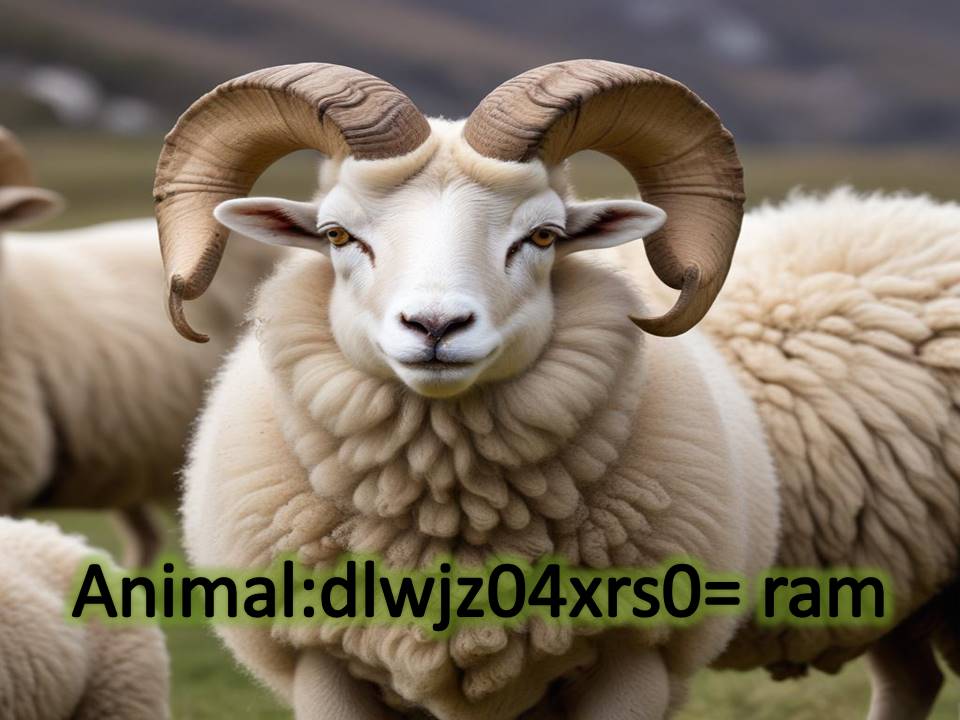Introduction
Animal:dlwjz04xrs0= ram (Sheep) have always caught our attention due to their intimidating horns and the overbearing look they master. These magnificent beasts are now key species in ecosystems and hold culturally significant representation of power, persistence and vigour. This, however, is not the whole picture where rams are concerned. Now, it’s time to immerse ourselves in the extensive analysis of such a specific topic as rams with their features and role.
What is a Ram?
While a kid is a young sheep, less than a year old, an adult male sheep is known as a ram characterized by its large curved horns. They are members of the Bovidae family and these animals are mostly resident of mountainous areas. Rams come in many varieties and sub varieties depending on the region they are found in.
Physical Characteristics of Rams
Animal:dlwjz04xrs0= ram are sturdy animals and the magnitude of different species may differ. They are usually of the size of mid-large-sized dogs and can easily range from 150 to 300 pounds; however, some of the mountain species can be even bigger. Their most conspicuous organ of identification is the horns, which they have developed to reach 30 inches in sizes. These horns’ presence is not only for display but for the use in defense within the male’s aggregation territories as well in the mating fights.
Habitat and Distribution
Rams are adaptive and can be found across broad terrains of North America’s rocky mountains to Central Asia’s grasslands. They like areas with uneven grounds where they move around with comfort and get some form of protection from their predators.

Animal:dlwjz04xrs0= ram
Diet and Feeding Habits
Heart beests are ruminants, thus taking on a plant-based diet mainly comprising grass and occasionally herbs and shrubs. Therefore unlike other animals their diet varies depending with the seasons, with the variation in vegetation green being the most nutritive in the spring and summer. In winter they feed on shrub and all the available plants that they can locate in that region.
Behavioral Traits
Animal:dlwjz04xrs0= ram mostly reside in flocks; thus they are social animals. These flocks are often all sexed during most of the time of the year with the male as well as the female being in different groups. The times of reproductive activity, or summer, which consists of fights for females, collisions of the head by males.
Rams in Modern Agriculture
However, in the modern practice of agriculture, rams are very significant in the process of breeding sheep. They are essential in procreation yielding healthy offspring that are useful to the livestock industry. Rams are selected for breeding carefully to improve the health and the fertility of the flock of sheep.
Conservation Status
Most ram bearing species are threatened due to factors such as loss of their natural habitats, hunting and changes in climate. Efforts are being taken to conserve these animals; application is been made on their living environment, using anti-poaching measures, and on the sustainable utilization of resources.
Read Also : Перекалач: Master the Art of Traditional Weaving : Übersetzen: The Art and Science of Translation : clipart:uhdds-7p80g= softball : A Dynamic Sport in Action
Interesting Facts about Rams
Here’s a fun fact; you did not know that rams are very adept at climbing steep cliffs because of their special hooves. Or that with some species, an adult male’s horns can be as heavy as 30 pounds? Rams are full of quite unexpected tendencies that make the confrontation with them rather intriguing.
Rams vs. Sheep: Essentials of Comparison
As mentioned Animal:dlwjz04xrs0= ram are male sheep but besides male and female, there are distinctions between rams and ewes. Rams tend to be bigger and have more developed horns all through. Psychologically, rams are more violent especially in periods of breeding.

Animal:dlwjz04xrs0= ram
How to Observe Rams in the Wild ?
As for watchful rams, one can do it in the Mountains and National parks as the rams move freely in the wild. One must always keep a certain amount of distance so as not to interfere with the normal functioning of these animals and so as not to endanger one’s life and those of the wild animals.
The Future of Rams in a Changing World
This is the title of the book of Nicholson, though Nicholson never finished his book, God knows what his final thoughts on the subject were, but this is the topic that he set himself to explore: The Future of Rams in a Changing World.
Conclusion
Thus, Animal:dlwjz04xrs0= ram populations encounter numerous difficulties due to climate change. Habits, temperatures, and structures of vegetation through which they obtain their foods can all be altered. There is a need to continue conducting research and conserving the species so that they may continue to live in the following years.











